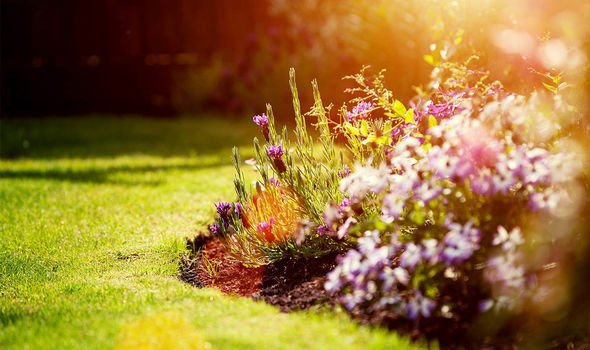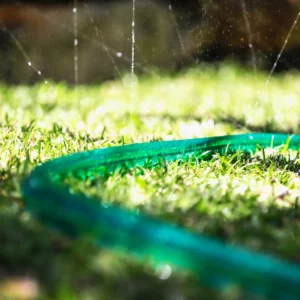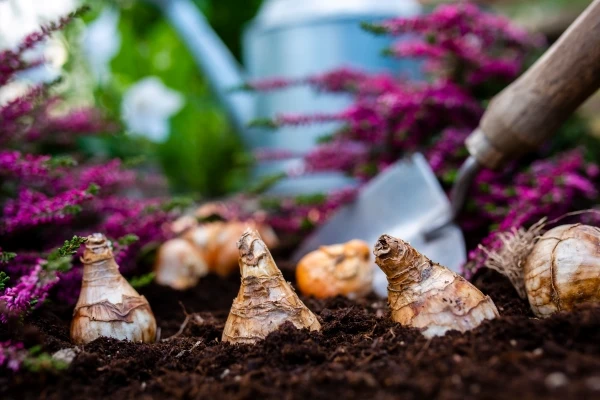
Summer Heat: You and Your Garden
If you can’t stand the heat, stay out of the garden during the day! You need to play it smart when you spend time under the hot summer sun.
Heat stress is something we all need to be aware of. Want to beat the heat when gardening? Here are some tips to keep cool when working in the garden.
• Wear a hat when working outside. Don’t own a hat? There are hats designed for gardening with longer brims to keep the sun off your face and neck. Select a hat fabric that ‘breathes;’ allowing trapped air to escape.
• Keep the filled water jug handy. Recycle an old water bottle – fill it with water, freeze and take it with you when you garden. You’ll have a cool source of water for a longer period. Add a slice or two of lemon for flavor.
• Best advice – don’t overdo it. Early morning, when it’s cooler, is the smarter time to work in the garden. Or later in the evening before it gets dark. When it’s too hot to be outdoors, stay indoors. Those gardening chores will still be waiting for you.

Just like you, your plants may need extra TLC. Summer usually means less rainfall so it’s up to you to water wisely.
• Use mulch – wood chips and shredded bark are just a few choices. Mulch conserves soil moisture and stabilizes soil temperatures. Several inches of mulch are all you need. And when you do mulch, keep it four to six inches away from the trunks of plants. Another reward: mulching the garden also reduces the need to weed! Weeds out compete plants and rob moisture and nutrients from the soil.
• Watering – It all depends on the weather! Periods of excessive heat, wind, and little/no rain can quickly cause drought conditions. Keep an eye on your plants for telltale signs of heat stress (wilting) and leaf scorch. That’s your cue to increase the frequency and amount of water supplied via an irrigation system or manually with a sprinkler or hose.
• Sprinklers and soaker hoses: soaker hoses and drip irrigation systems direct water to targeted areas. When you use a sprinkler to overhead water, you lose some water to evaporation. Plus, wet leaves on certain plants – like roses, lilacs, and phlox – mean disease problems. If you use an overhead sprinkler to water, it’s best to water early in the day so the leaves can dry before nightfall.
• If Mother Nature provides 1 to 1 ½” of rain per week that should be adequate for established plants under normal weather conditions. Check new plantings daily for adequate soil moisture. Whenever you water, a long soaking is preferable to a short dousing.



